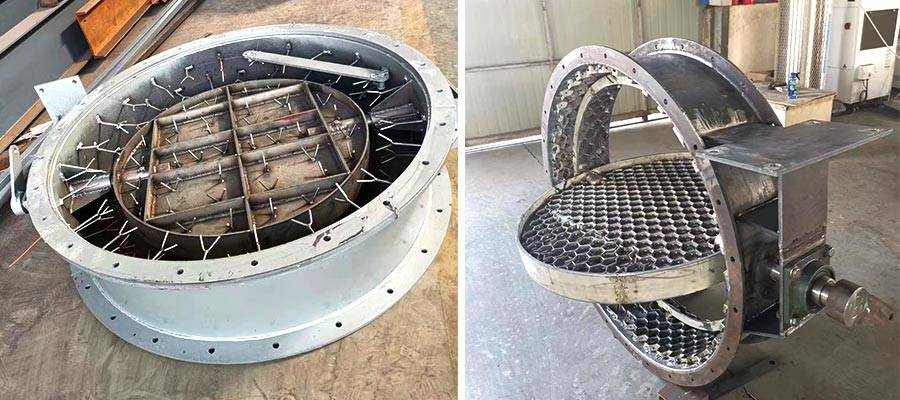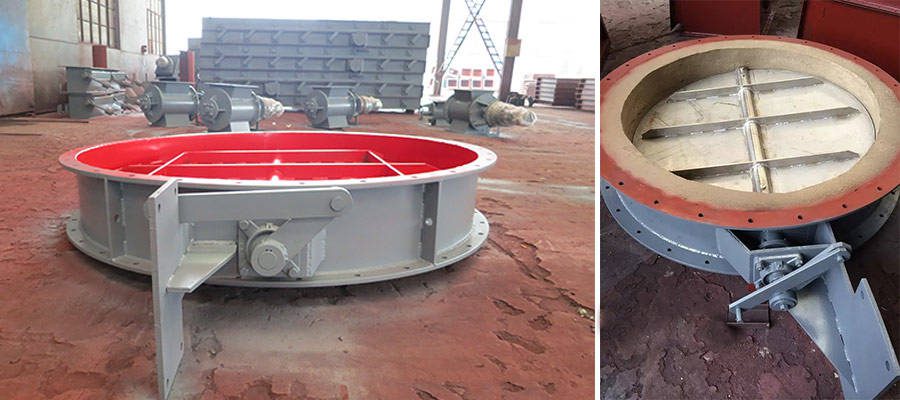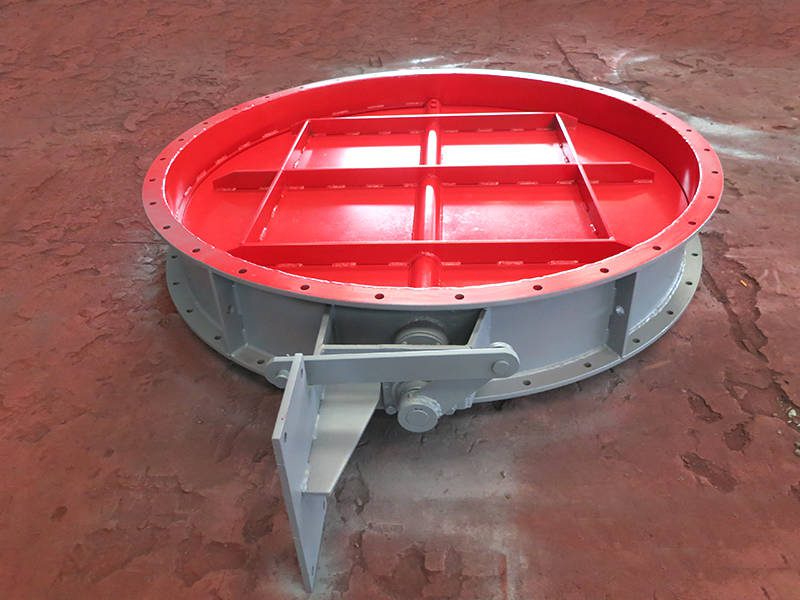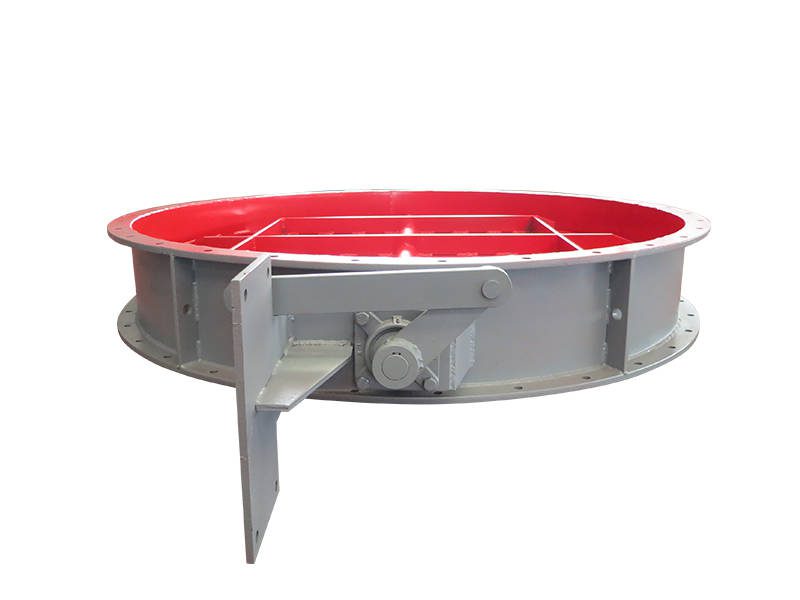High temperature butterfly valve is a component used to control the flow and flow switch in the pipeline system. It is widely used in high temperature gas pipelines in metallurgy, building materials, chemical industry, power plant, glass and other industries.
Specification
- Name: high temperature butterfly valve
- Connection: Flange
- Structure: Centerline, double eccentric, triple eccentric
- Size : DN100 to DN3000
- Temperature : 800°C to 1600°C
- Pressure : Atmospheric pressure
- Sealing Material: Flexible graphite composite gaskets, fiberglass, etc.
- Design Standards: DIN86044, JB/T8692-2013, D-DL2000
- Base Materials: 310S, 2205, high-temperature alloy steel
- End Standards: DIN86044, JB/T8692-2013, D-DL2000
- Application: Environmental protection equipment, furnace equipment, combustion equipment, etc.
Structural Design and Features
Valve Body
Darko constructs the high temperature butterfly valve body using rolled steel plates and reinforces it with rings and ribs to prevent high-temperature deformation. This reinforcement helps maintain the shape of the passage and prevents the valve disc from jamming. The interior of the valve body features Y-shaped nails, tortoise shell mesh, and baffles, and the manufacturer lines it with refractory materials through a special process.This ensures that the valve body maintains sufficient strength without deformation under ultra-high temperatures, while the high-temperature lining remains crack-free, adherent, and possesses high hardness.

High-Temperature Flexible Stem
High temperature butterfly valve typically has a large diameter. The upper and lower stems connect to the valve disc using pins, forming a rigid connection in the axial direction. This connection generally spans two to three meters. With temperature variations approaching 1000℃, the amounts of expansion and contraction are significant. Different parts experience varying temperatures, especially the combination of the stem and disc.
Thus, it is crucial to have a flexible stem assembly. This structure includes a lower stem, bearing seat, bearing, disc spring, and bushing cap. The lower end of the stem is equipped with a groove for mounting a bearing, which is installed inside. When the stem moves upward, the bearing seat acts as a limit. After it moves downward, multiple disc springs provide limits at the lower end of the stem.
When the components heat up unevenly, the stem elongates, and the springs compress. This design prevents high temperatures from jamming the stem. Additionally, our engineers position the combined disc springs away from the heat source to ensure their elasticity remains unaffected.

High-temperature bimetallic elastic sealing rings
The elastic sealing ring forms a metal face seal with the bottom surface of the bushing. Its sealing force is provided by a packing gland. The packing gland transmits this force through a nut with an elastic washer. This force is then transferred to the packing, spacer ring, and packing pad.
The packing pad and disc spring design includes elastic compression reserves. These reserves ensure sufficient pre-tightening force is transmitted to the bushing. The bushing firmly presses the flat surface of the elastic sealing ring. This action achieves the necessary contact pressure for effective metal sealing between the bottom surface of the bushing and the flat surface of the elastic sealing ring.
For more information or technical inquiries, please feel free to contact us. We are happy to assist you.



